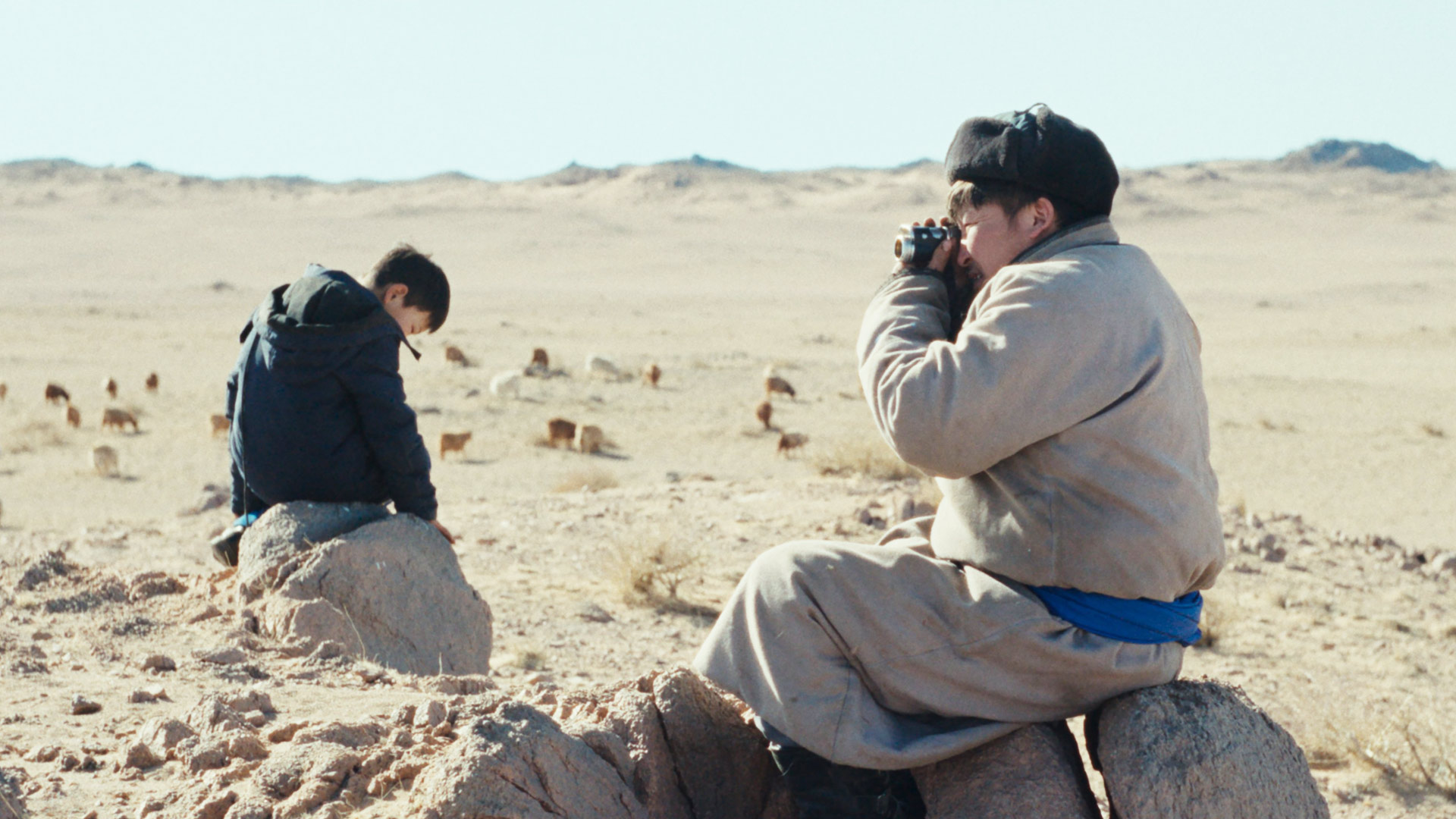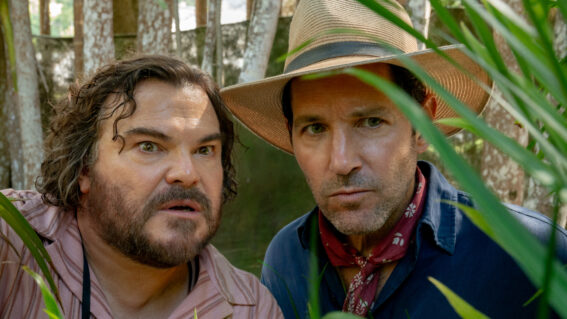The quiet, striking power of The Wolves Always Come at Night
This visually rich hybrid film explores Mongolian herders’ lives, sacred folklore, and the haunting conditions of the Gobi Desert.

Gabrielle Brady’s beautifully textured drama about the hardscrabble lives of Mongolian herders is a “window to the world” production, deploying naturalistic elements intended to disguise the filmmaking process and transport us into another realm of existence. Almost everything serves the goal of presenting a seemingly unmediated experience, from its earthy, soft-hued cinematography, with generous wide shots and handheld camerawork, to its trickling pace and pared-back performances. Brady has even described the film as a “hybrid” documentary, positioning it in a middle ground between truth and fiction.
The Wolves Always Come at Night
Perhaps the boldest element is Aaron Cupples’s dramatically immersive score, although it too feels closely tuned to the film’s central location: the Gobi Desert, where Mother Nature keeps people on their toes with oscillating temperatures and extreme weather events. The soundscape is filled with all sorts of ambiently atmospheric noises—most notably, for me, the sound of wind swelling, whistling, screaming. The cumulative effect sounds both coarse and ethereal, as if these noises are rising from the sand and dirt, symbolising a storm about to arrive or a storm just passed.
When a literal storm arrives, marking the beginning of the second act, it hits with a very personal force. We understand that the fortunes of the characters—including herders Daava (Davaasuren Dagvasuren), Zaya (Otgonzaya Dashzeveg) and their four children—are directly related to forces beyond their control. These people don’t tend to the land; there’s no maintaining soil health in arid desert. At best they’re stewards, though they feel more like new guests in an ancient space, literally praying for peace and protection.
Daava keeps a close watch on his cattle, dropping the sort of sentences you won’t hear at your local shops—like “the goat with the white spot seems to be straying.” In the dark, at night, the children share fairytale-like stories and wolves can be heard howling outside. The latter is a prosaic occurrence in these quarters, though we pay special attention to it because of the film’s title—which of course is metaphorical; something to contemplate afterwards. A fat runtime might’ve turned it into a slog, but the 96 minutes Brady settled on feels just right; I could very happily have spent more time in this world.
Symbolically speaking, storms are similar to floods, both representing destruction and renewal. If positive change emerges, it’s not without great loss. After the storm in The Wolves Always Come at Night, Brady cuts to a flock of birds in the sky, as if in spiritual consultation, asking them to explain it. In other hands this might’ve felt cheesy or twee but here it’s very elegantly integrated: one of many small, lovely embellishments, bold in some senses—the might and majesty of nature, etcetera—and subtle in others. Brady avoids didactic, explain-y elements, evoking a lingering quality while not leaning too hard on abstract meaning.
If you’re reading this thinking that the film might be hard work—one of those titles you “invest in” rather than enjoy—rest assured it’s not that way at all: this is a very pleasurable experience, with a satisfying ebb and flow. When I run it over in my mind, I think in fragments and images: Davaasuren Dagvasuren’s stern, weatherbeaten face; ancient movements of air and sand; the sight of a goat giving birth, the bub’s head protruding, peering at the world for the first time. This film is very rich and rewarding.























